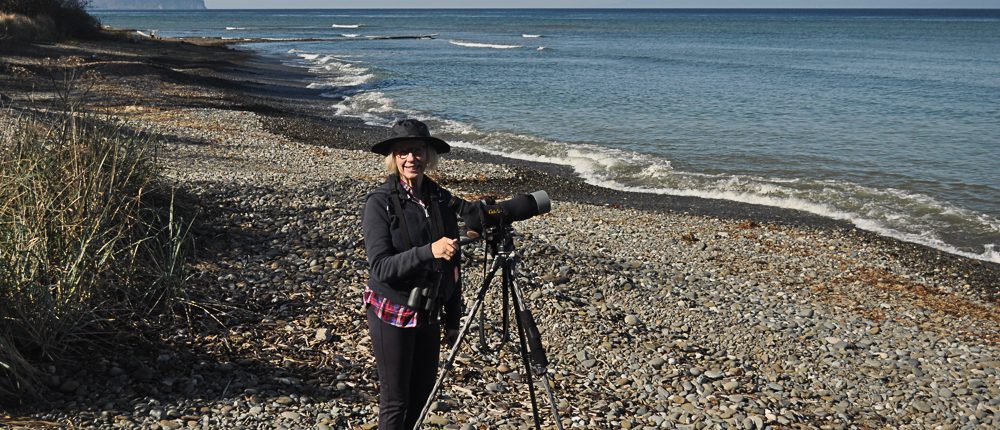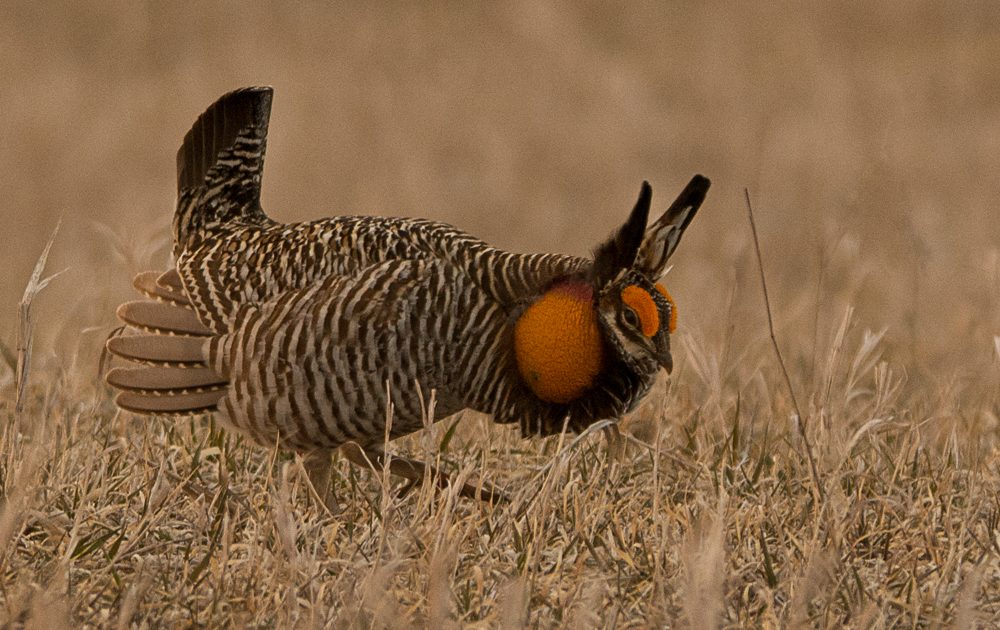Taylor Páez is a Dirtbag Birder
643 bird species, 44 states, two trips across the country and back, one 2002 four-cylinder Ford Ranger – all Taylor Páez needed to complete her Big Year on the road.
By Amanda Grennell
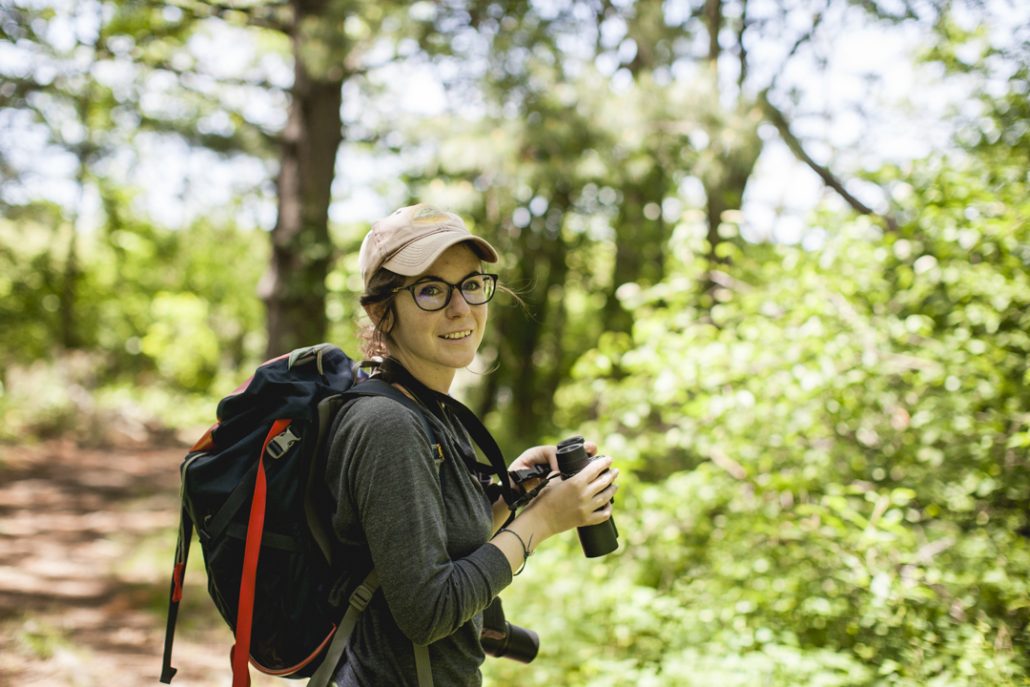
After seven months on the road, living out of her truck and tracking down as many bird species as possible in the lower 48 states, Taylor Páez was tired. It was November, and she’d already identified several hundred birds at wildlife refuges, parks, and landfills across the country. Almost all of them were new to her, outside the range of her native California. And now there were just a few rare birds left on Taylor’s list.
Based on a tip from fellow birders she’d met at the dump, Taylor drove to the National Butterfly Refuge in search of one of those rare sightings – the Audubon’s Oriole. She had already visited this popular birding spot earlier in the year, a beautiful swath of the Rio Grande valley nestled at the border of southern Texas and Mexico.
Amidst the butterflies, and the butterfly watchers, Taylor scoured the early morning landscape for her bird, but came up empty.
“By that point I had learned what Altamira Orioles sound like, so I could hear them chattering down the trail a little bit,” Taylor recalled. “I thought, maybe I’m not going to get the Audubon’s, and I guess that’s okay. I did try my best.”
About to leave as the afternoon heat took over, Taylor’s ears pricked up.
“I heard this really beautiful, kind of sad Oriole call in the distance: a-choo-choo-choo,” Taylor said, “I had never heard an Audubon’s Oriole before in my entire life, but I knew this had to be it!”
Tip-toeing around a corner as quickly as she could, Taylor found the Audobon’s Oriole, a beautiful black and yellow bird, stealing from a basket of rotting fruit that’s technically there for the butterflies.
“I was so delighted. I didn’t expect to see it there, I didn’t know what it was going to sound like, but I was somehow right. It was a reaffirming moment for me,” Taylor said.
That affirmation gave Taylor the motivation to get through the last couple months, ending 2017 with a total of 643 bird species identified. She ended up ranking 8th on eBird, the site where most Big Year “competitors” track their sightings.
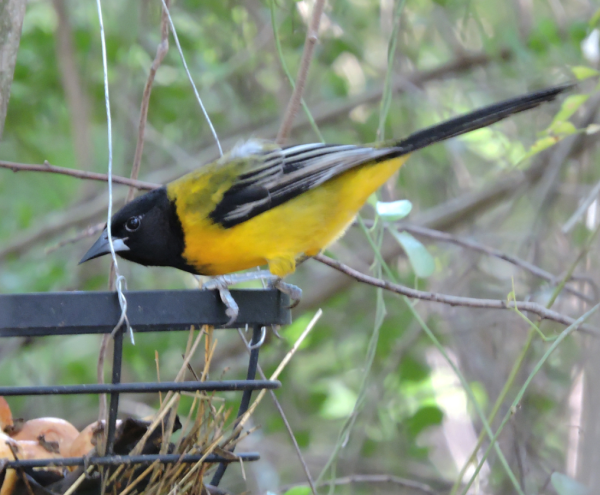
Photo credit: Taylor Páez.
Taking on a Big Year
A Big Year is not a formal competition – there are no prizes, no trophies, no money, little fame. Instead, it is a challenge that birders take on to see as many bird species as possible in a certain area during a calendar year. In February 2017, Taylor hit the road without much thought of the competition – just her own goal of finding 700 species in the lower 48 United States by New Year’s Eve. She was 26.
Before her Big Year, Taylor had what every Millennial craves– a decent job with benefits, a future where she could stay in one place, supportive friends and family, a good, comfortable life. But she also felt discontent brewing.
Taylor worked at a credit union, and between a frustrating work environment and the great big windows in her office, Taylor longed to be outdoors. In a moment of frustration one day, Taylor jokingly dreamed about quitting her job to live out of her truck and watch birds. But her joke stuck.
“I just couldn’t get it out of my head from that moment on. I was like ‘What’s stopping me?'” Taylor recalls.
Taylor started talking about her idea with friends, who she credits with giving her the confidence that she could actually do it. There wasn’t anything to stop her but herself – except the fear of telling her parents. But with the promise of daily phone calls, they were on board with Taylor’s dream.
So Taylor saved money and planned how to live out of her truck – something easy to find online these days due to a surging movement to build out vehicles, like vans and trucks, into livable spaces. Taylor bought a shell, or canopy, so she could sleep in the bed of her truck and store lots of gear. She started looking at blogs about living out of her truck, and was inspired by the lifestyle of “dirtbag” rock climbers, who pioneered the idea of taking time off to do something you love, while also living a low-cost life on the road.
“I met a couple of climbers who were dirtbags,” Taylor said, “And I thought I could do that, but I really like watching birds. So why don’t I just be a dirtbag birder?”
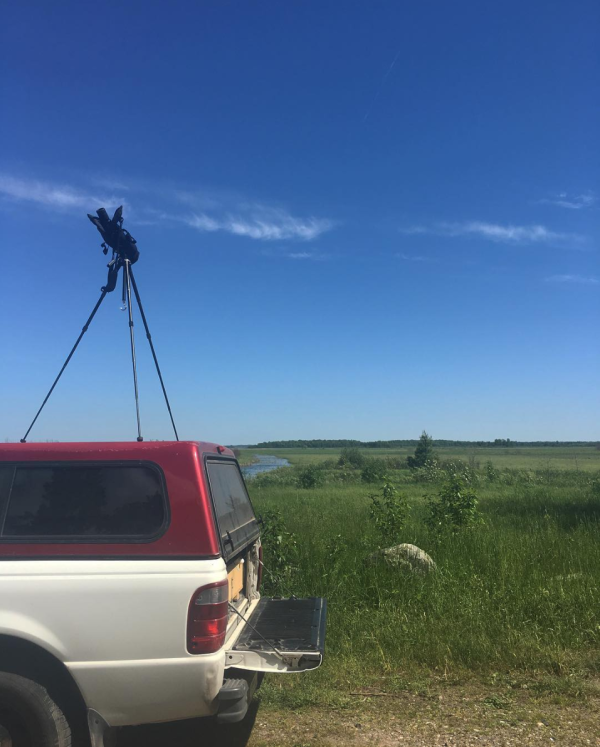
Dirtbag life
In January 2017, Taylor committed to becoming a dirtbag birder: she put in one month’s notice at work and began final preparations to live on the road in search of birds she’d never seen before, in places she’d never been.
One issue we can’t get around is, of course, safety. Though Taylor met many other young women travelling alone, she fielded lots of questions from concerned strangers about the dangers of a woman doing something completely by herself. But Taylor said her top safety issues were the weather and the prospect of meeting a mountain lion — only rarely did other people make her feel unsafe.
“You should be prepared. You should always be mindful. But we don’t have to live every day in a state of panic that someone is going to attack us,” Taylor said.
Just like anyone else adventuring outdoors alone, Taylor made sure someone else knew her plans. She told her parents where she would be, and for how long, usually checking-in with them every morning and again in the evening. Her mom looked up her location using the “Find my Friends” app, which sometimes lead to confusion when Taylor spent a few days at sea.
Taylor’s route was a road trip of epic proportions. Starting in Northern California, Taylor looped down South through Arizona, Southern Texas, around the Gulf of Mexico, then sped North to New Hampshire and Maine. She then hit New Jersey, New York, Ohio, Michigan and the upper peninsula, and Wisconsin. Next up was back to the West: Colorado, the Great Plains, Washington, and back to home base in California.
Getting a taste of home made it tough for Taylor to get back on the road. It was July, about five months into Taylor’s experiment with dirtbag birding. But after a month-long break Taylor pressed on, into the “zig-zag” phase of her Big Year – Southern California, Montana, Arizona, a boating trip off the coast of Maine, New Jersey, Ohio, Minnesota, Nebraska, Mississippi, Texas, and finally back to California to finish the year.
“Toward the end of the year it gets pretty crazy because it’s less about the common birds and more about the rare ones,” Taylor said, explaining her zig-zag pattern.
A beloved birding spot threatened with destruction
After her sweeping survey of the country, Taylor has a tough time picking just one favorite locale — the country is filled with amazing biodiversity, and she loves it all. But if she has to answer, Taylor picks the subtropical region of Southern Texas.
In one day at the Santa Ana National Wildlife Refuge she identified 35 new birds — the most she ever checked off at once. But plans for a border wall, intended to curb illegal immigration, could destroy the habitat that allows wildlife to flourish.
While funding for construction through Santa Ana, the National Butterfly Center, and Bentsen-Rio Grande Valley State Park has not been passed, conservation leaders are still concerned.
“All bets are off,” says Marianna Treviño-Wright, the Butterfly center’s executive director told Audubon Magazine. “The heavy equipment is literally next door.”
Taylor recalls fondly several birds she saw for the first time in South Texas: Roseate Spoonbills, Green Jays, Kiskadees, and of course, the Audubon’s Oriole.
“It’s such a treasure that I think a lot of Americans don’t know about or don’t understand. It would be just a devastating loss to bulldoze it,” Taylor said.
Taylor’s favorite birds
To bag as many birds as possible, Taylor relied upon sighting reported on eBird, Audubon Society listserves, and local birding groups on Facebook. Sometimes she’d even learn of rare bird sightings on Instagram, or word-of-mouth at popular birding spots.
Here are a few of Taylor’s favorite sightings.
Audubon’s Oriole, National Butterfly Center, Texas
“I probably cried at the Butterfly Center.”
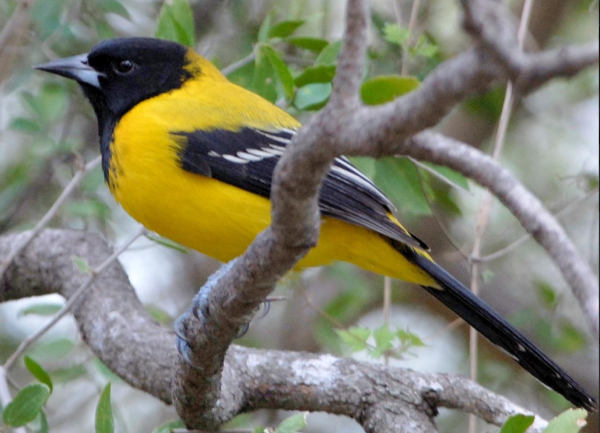
Green Jay, Santa Ana Wildlife Refuge, Texas
“I remember looking at bird books at thinking I’m never going to see this bird. It’s just so beautiful and vibrant, I can’t believe this thing exists,” Taylor said. “But, like Crows and Ravens and Blue Jays are on the East Coast, they are just everywhere and they are obnoxious.”
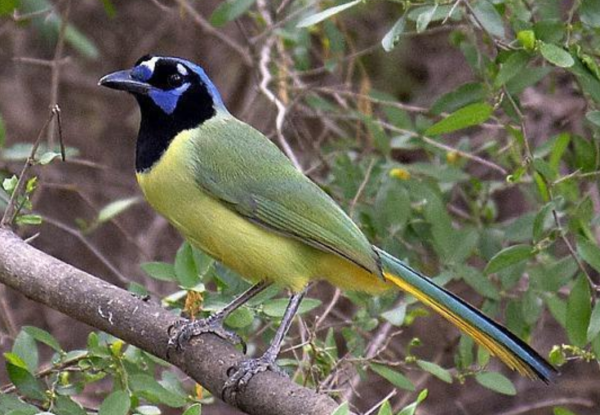
Roseate Spoonbill, Santa Ana Wildlife Refuge, Texas
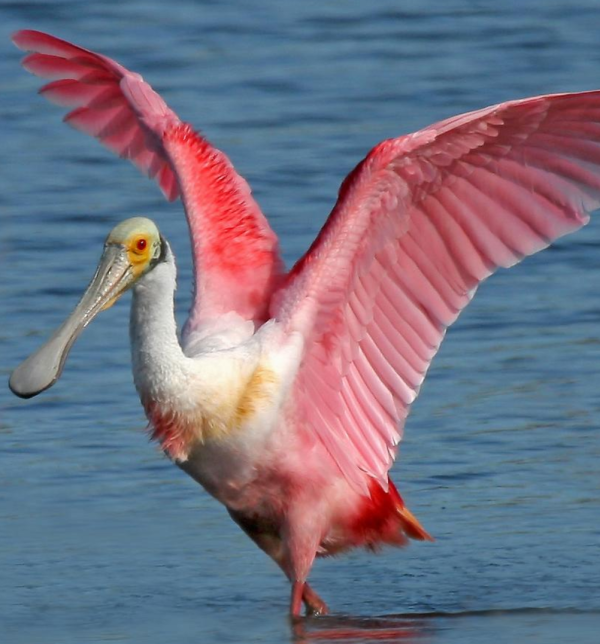
Common Greenshank, Edwin B. Forsythe National Wildlife Refuge, New Jersey
Taylor spent four days on the same 13-mile, one-way loop to spot this rare bird. An update on a birding message board before Taylor entered the refuge on her last morning pinpointed the bird at mile marker 4. “If you see a bunch of birders and they’re all looking in the same direction, that’s a really good sign.”
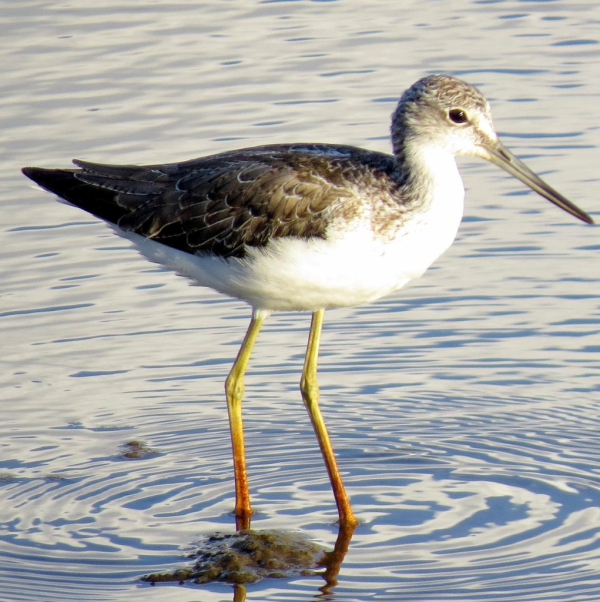
Lessons from a Big Year or birding
After spending a year in the outdoors and nearly reaching her 700-bird goal, Taylor did not go back to a stable office job. Instead, she turned to opportunities in the natural world: working as a park naturalist and then on hummingbird surveys.
“I realized I not only wanted to be outside, but I wanted to make a positive impact on people. I want to bring accessibility to nature and the outdoors. We need it now more than ever,” Taylor said. “I never thought I would do what I did. Before that I played everything safe. I didn’t take risks, ever.”
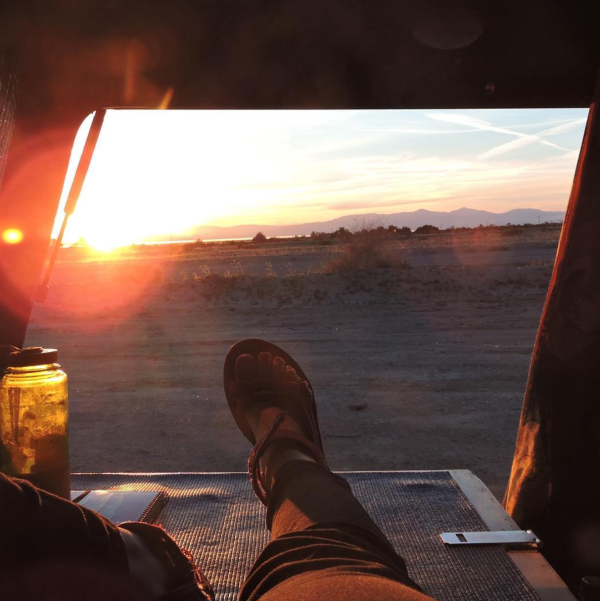
Photo credit: Taylor Páez.


